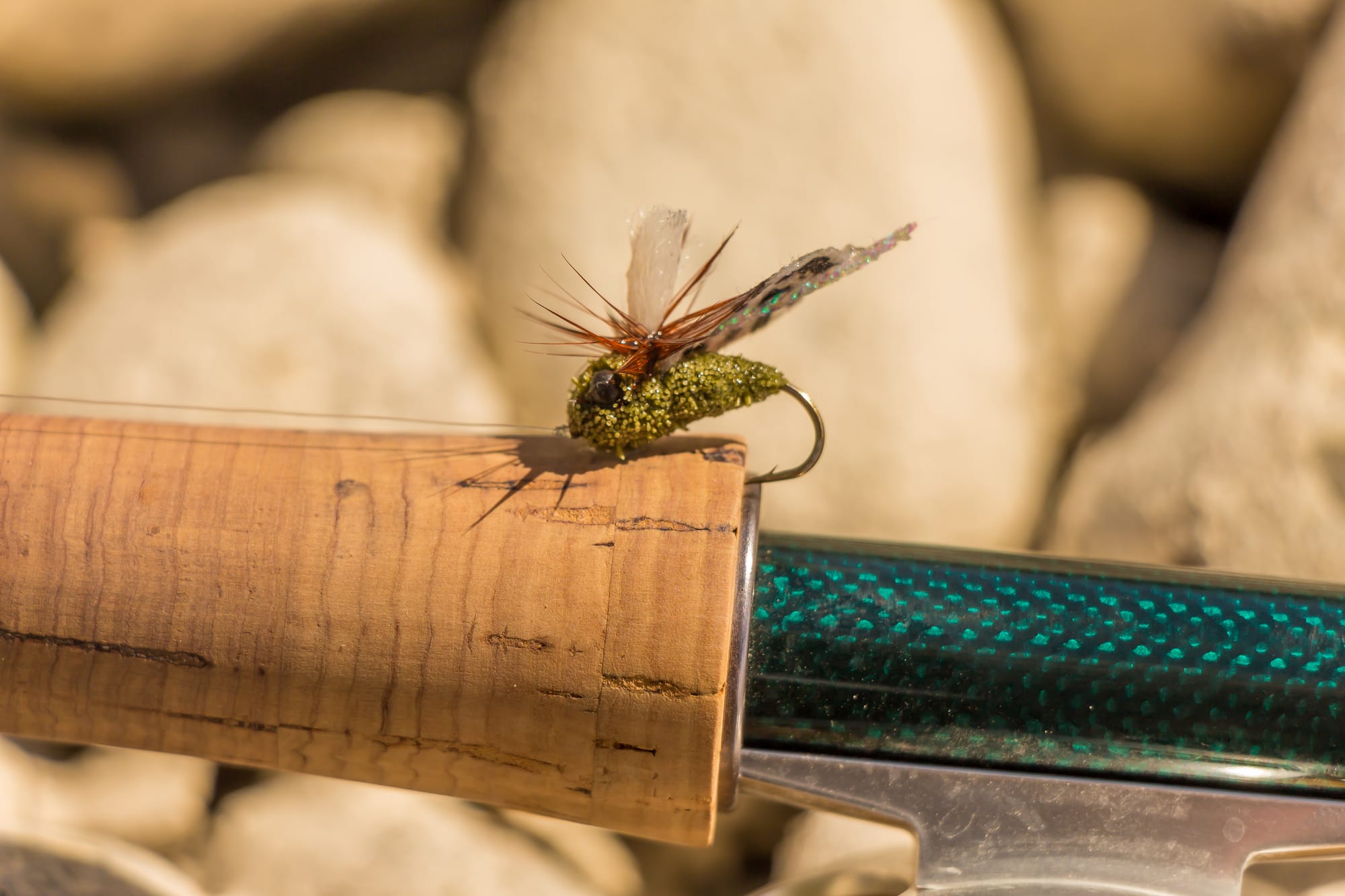Exploring Strength and Style in Vintage Fishing Rods: A Comprehensive Guide

Exploring Strength and Style in Vintage Fishing Rods: A Comprehensive Guide
Vintage fishing rods hold a strong appeal, not just for their impressive craftsmanship, but also for the nostalgia and charm they evoke. A great deal about angling’s past can be gleaned from examining these tools of history. Whether you are an avid angler, a collector, or simply a fan of timeless design, a closer look at vintage fishing rods offers a glimpse into the artistry and innovation of fishing gear across generations. This guide highlights key factors to consider in terms of strength, style, and preservation when delving into the world of vintage fishing rods.
1. Understanding the Appeal of Vintage Fishing Rods
- Classic Craftsmanship: One of the most compelling aspects of vintage fishing rods is the meticulous handiwork displayed in their construction. Vintage rods are often made with care and precision, reflecting a bygone era where artisans prioritized quality over quantity.
- Timeless Materials: These rods typically feature natural materials such as bamboo, wood, and cork. The aesthetic and tactile quality of these materials make vintage rods distinct, offering a warm, textured feel that cannot be replicated by modern synthetics.
- Unique Designs: The styling of vintage rods provides a window into design trends of the past. Bright thread wrappings, ornate ferrules, and custom engravings showcase attention to detail that is rare in today’s mass-produced gear.
2. Factors Making Vintage Fishing Rods Strong
- Bamboo Blank Strength: Split cane bamboo rods, in particular, were prized for their tensile strength and flexibility. Properly constructed bamboo rods were capable of withstanding substantial stress during long battles with fish.
- Reinforced Ferrules: Metal ferrules, often made from brass or nickel-silver, contributed significantly to the durability of vintage rods. These components safeguarded the rods against breakages at critical joints.
- Durable Finishes: Many vintage rods boast carefully applied varnishes or lacquers that provide protection against environmental damage, ensuring their longevity even after decades of exposure to moisture and sunlight.
3. Important Features to Look for in Vintage Fishing Rods
- Proper Balance: A well-balanced vintage rod allows for smoother casting and better handling. Check if the rod feels well-proportioned for its size and intended use.
- Guide Placement: The placement and alignment of guides (or eyes) are critical for reducing friction and ensuring line strength. Look for rods with evenly spaced and secured guides.
- Comfortable Grip: A well-preserved cork handle or unique hardwood grips often indicate a higher-quality vintage rod. These materials not only add to the charm but also provide a comfortable fishing experience.
4. Notable Styles in Vintage Fishing Rods
- Bamboo Fly Rods: Among the most famous styles, these rods are characterized by their lightweight, slow action, and craftsmanship. They convey an unmatched sense of fishing tradition.
- Steel Casting Rods: Popular in the early 20th century, steel rods added durability for heavier freshwater and saltwater species. Their industrial look suits collectors of utilitarian design.
- Fiberglass Rods: Introduced in the mid-20th century, fiberglass rods blend tradition and innovation. They are more flexible than steel yet sturdier than bamboo, representing a crucial evolution in fishing technology.
5. Tips for Identifying Authentic Vintage Rods
- Check Branding: Look for recognizable names like Hardy, Leonard, South Bend, Orvis, and Shakespeare. These companies are well-known for producing high-quality vintage rods.
- Inspect for Serial Numbers: Many premium vintage rods were engraved with serial numbers, logos, or maker’s marks. These can help trace the rod’s history and authenticity.
- Research Models and Materials: Familiarize yourself with the common materials and designs of certain eras or manufacturers to identify genuine vintage pieces.
6. How to Maintain and Restore Vintage Fishing Rods
- Clean Carefully: Use a soft, damp cloth to gently remove dirt and debris. Avoid harsh chemicals that may damage the finish or weaken the rod’s structure.
- Replace Damaged Components: Worn-out guides, ferrules, or threads can be replaced with close replicas to restore functionality while preserving authenticity.
- Protect the Finish: Apply a light coat of pure beeswax or museum-quality varnish to wooden or bamboo surfaces. This helps retain the natural luster and protects against humidity.
7. Why Collecting Vintage Fishing Rods is a Worthwhile Hobby
- Historical Value: Each vintage rod holds a unique story, reflecting the technology and traditions of the time in which it was made.
- Investment Potential: High-quality vintage rods often appreciate in value, particularly if they are rare or associated with esteemed manufacturers.
- Connection with Nature: Using or admiring vintage rods creates a deep connection with fishing’s past while enjoying the timeless beauty of natural materials.
8. Key Advice for First-Time Buyers of Vintage Rods
- Start Small: When entering the vintage rod market, look for moderately priced rods to familiarize yourself with the nuances of different brands and models.
- Learn to Spot Replicas: Fake vintage rods or poorly restored ones can sometimes deceive buyers. Arm yourself with knowledge before making purchases.
- Find Trustworthy Sources: Reputable dealers, auction houses, and collectors’ forums are good platforms for purchasing authentic vintage fishing rods.
9. Incorporating Vintage Rods into Modern Fishing
- Add a Touch of Nostalgia: Using vintage rods during fishing trips can make the experience more meaningful, blending old techniques with new ones.
- Combine with Modern Reels: Pairing vintage rods with contemporary reels can enhance their usability while maintaining aesthetic appeal.
- Practice Beforehand: Vintage rods may feel different in action due to their slower taper and unique designs. Spend time practicing casts to adapt to their dynamics.
10. Where to Find Vintage Fishing Rods
- Estate Sales and Auctions: These are excellent places to uncover hidden gems, especially in locations with a rich fishing tradition.
- Online Marketplaces: Platforms like eBay and dedicated vintage gear websites allow you to browse a wider selection from global sellers.
- Collectibles Shows: Fishing gear expos and collectors’ meets are ideal for networking and finding vintage rods in-person, alongside invaluable advice from experts.
Conclusion
Vintage fishing rods embody a perfect blend of strength, style, and history. They are not only tools for angling but also works of art that reflect the evolution of fishing technology. Whether you are drawn to their aesthetics, performance, or collectability, vintage rods offer endless opportunities for exploration and enjoyment. By understanding their features, caring for them properly, and identifying authentic pieces, you can make the most out of this fascinating niche in the fishing world. Start your journey into vintage fishing rods today, and discover the beauty of fishing's timeless history.


